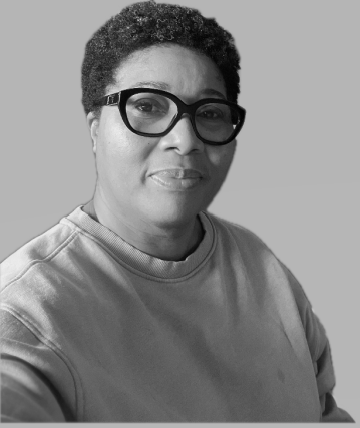The Accounting Equation (Cambridge (CIE) O Level Accounting) : Revision Note
The Accounting Equation
What is the formula for the accounting equation?
The formula for the accounting equation is: Assets = Liabilities + Capital
The equation states that the assets of a business are always equal to the liabilities and capital of the business
You can rearrange the equation so that you can find one of the three values if the other two are known
Liabilities = Assets - Capital
Capital = Assets - Liabilities

Examiner Tips and Tricks
You may be given examples of assets and liabilities and asked to calculate the missing figure for capital.
Worked Example
The assets and liabilities are listed below for a business.
$ | |
Premises | 8 500 |
Equipment | 7 000 |
Inventory | 1 000 |
Trade receivables | 5 000 |
Trade payables | 4 500 |
Bank overdraft | 1 200 |
Calculate the capital of the business.
Answer
Firstly, calculate the total assets:
$ | |
Premises | 8 500 |
Equipment | 7 000 |
Inventory | 1 000 |
Trade receivables | 5 000 |
Total assets | 21 500 |
Secondly, calculate the total liabilities:
$ | |
Trade payables | 4 500 |
Bank overdraft | 1 200 |
Total liabilities | 5 700 |
Finally, apply the formula Capital = Assets - Liabilities
$21 500 - $5 700 = $15 800
Why is the accounting equation important?
The accounting equation may be shown in the form of a statement of financial position
The statement of financial position will be affected every time the business makes changes to the assets, liabilities and capital
Every single transaction will result in at least two changes which balance out
Both sides of the equation could increase by the same amount
Both sides of the equation could decrease by the same amount
Both sides of the equation could stay the same
Case Study
Hannah is the owner of a business. Some of her transactions are listed below. After each transaction, the accounting equation still balances.
Transaction | Effects on assets | Effects on liabilities or capital |
|---|---|---|
A credit customer, Peter, pays the amount owed to Hannah by cheque for $1 120 | Assets increase by $1 120 The money in the bank increases Assets decrease by $1 120 The amount owed by Peter decreases Overall no change to assets | No change in liabilities or capital |
Hannah pays the amount owed to a credit supplier, Rizwan, by cheque for $4 200 | Assets decrease by $4 200 The money in the bank decreases | Liabilities decrease by $4 200 The amount owed to Rizwan decreases |
Hannah buys additional fixtures and fittings for $5 500 on credit from FixFit Ltd | Assets increase by $5 500 The value of Hannah's assets increases | Liabilities increase by $5 500 The amount owed to FixFit Ltd increases |
Hannah takes goods worth $500 from the business for personal use | Assets decrease by $500 The amount of inventory decreases | Capital decreases by $500 Hannah takes drawings from the business |
Hannah transfers $1 000 from her personal bank account into the business bank account | Assets increase by $1 000 The money in the bank increases | Capital increases by $1 000 Hannah invests $1 000 into the business |
Hannah makes $20 profit by selling goods which cost $30 for $50 cash | Assets increase by $50 The amount of cash increases Assets decrease by $30 The amount of inventory decreases Overall assets increase by $20 | Capital increases by $20 A profit has been made |
Worked Example
A business pays one of its trade payables by cheque. Identify the effects on the business' assets and liabilities.
| Effect on assets | Effect on liabilities |
A | Reduce bank | Reduce trade payables |
B | Increase bank | Increase trade payables |
C | Reduce trade payables | Reduce bank |
D | Increase trade payables | Increase bank |
Answer
Money in the bank is an asset and trade payables is a liability. A payment made by cheque would reduce the money in the bank, therefore reducing the asset. Trade payable is a liability. The business debt would be reduced when payment is made.
The answer is A.

You've read 0 of your 5 free revision notes this week
Unlock more, it's free!
Did this page help you?

